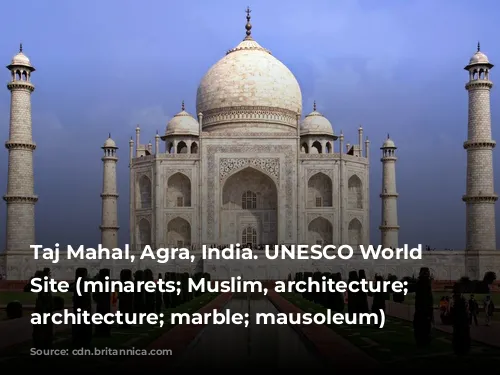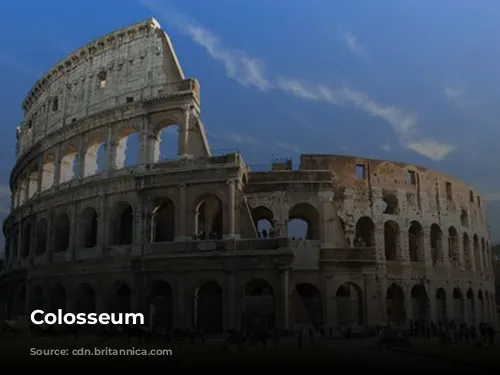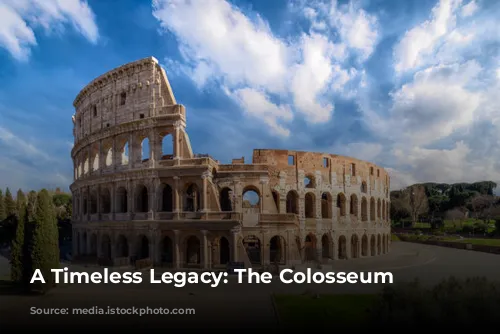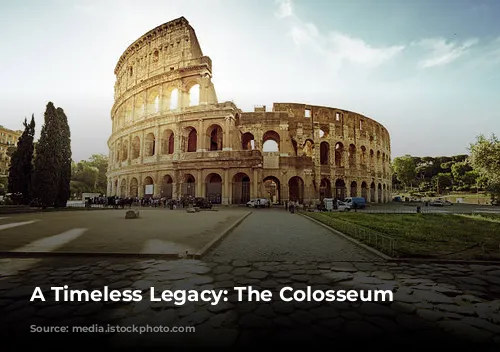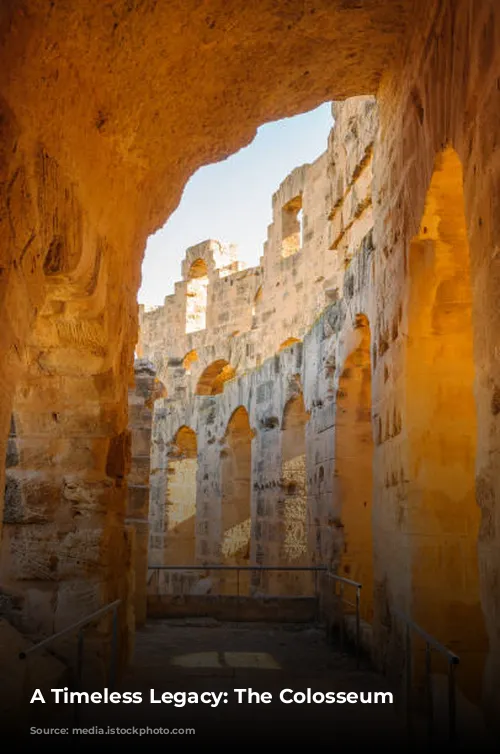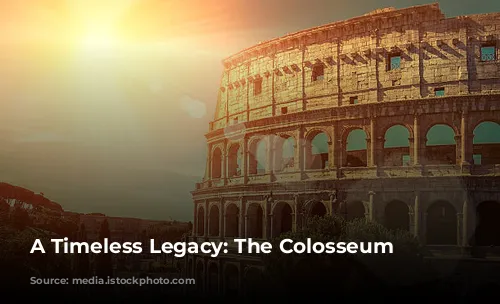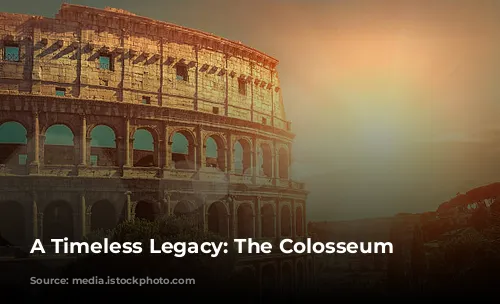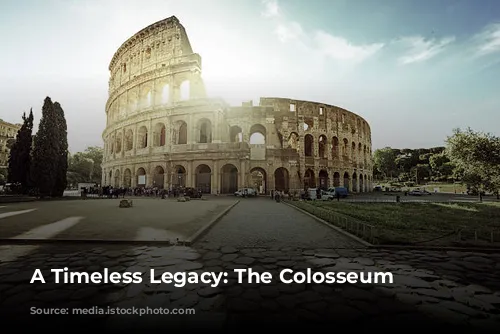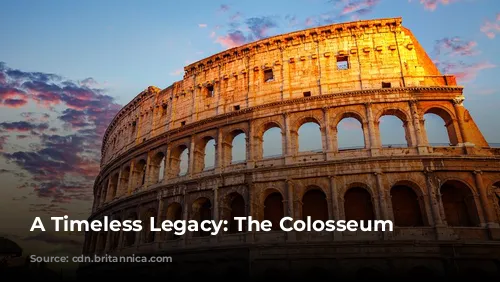The Colosseum, standing as one of the few well-preserved structures from the Roman Empire, is a powerful testament to the architectural brilliance and engineering prowess of ancient Rome. This iconic landmark has also become a cornerstone of Italy’s tourism industry, generating significant revenue for the government. In 2018 alone, the Colosseum, along with the Roman Forum and Palatine Hill, attracted a massive influx of tourists, bringing in over €53.8 million, making it the most popular tourist destination in Italy.
This ancient marvel, however, has had a turbulent history. After the fall of the Western Roman Empire, the Colosseum fell into disrepair and neglect. During the 12th century, the Frangipane and Annibaldi families used the arena as their fortress, repurposing it for their own defense. In the late 15th century, Pope Alexander VI, unfortunately, allowed the Colosseum to be used as a quarry, further contributing to its deterioration. After over a thousand years of neglect, state-funded restoration efforts were finally initiated in the 1990s, marking a turning point in preserving this precious historical treasure.
A Monument to Entertainment
The Colosseum was built by the Flavian emperors as a symbol of imperial power and a way to revitalize Rome after the tumultuous year of the four emperors in 69 CE. Like other amphitheatres, Emperor Vespasian envisioned the Colosseum as an entertainment venue, where gladiatorial combats, animal hunts, and even elaborate mock naval battles would captivate the Roman masses.
Construction began under Emperor Vespasian’s reign between 70 and 72 CE. The completed structure, a masterpiece of Roman engineering, was dedicated in 80 CE by his son and successor, Titus. Emperor Domitian added the Colosseum’s fourth story in 82 CE. Interestingly, the construction of this magnificent amphitheater was financed by the spoils of war from Titus’s conquest of Jerusalem in 70 CE, and enslaved Jews from Judaea were employed in its construction.
A Giant of Architectural Prowess
The Colosseum, also known as the Flavian Amphitheatre, is an awe-inspiring elliptical structure constructed using stone, concrete, and tuff. Standing four stories tall at its highest point, it measures an impressive 620 by 513 feet, with a capacity of up to 50,000 spectators. The Colosseum, renowned for its use in gladiatorial combat, became a focal point of Roman entertainment.
The construction of the Colosseum was a feat of engineering, surpassing earlier amphitheatres built into hillsides for support. The Colosseum is a freestanding structure, supported by a complex network of barrel vaults and groin vaults. The exterior features three tiers of arcades adorned with engaged columns in the Doric, Ionic, and Corinthian orders, a striking architectural design that later influenced the Renaissance period. Travertine stone was used for the main structural frame and facade, volcanic tufa for the secondary walls, and concrete for the inner bowl and arcade vaults.
Spectacle and Shadows: The Colosseum’s Legacy
The Colosseum’s massive scale and intricate design were not just for show. It was equipped with a retractable velarium, a massive awning, to shield spectators from the sun. Hundreds of Roman sailors were responsible for operating the complex rigging system that extended and retracted this awning.
The Colosseum was a witness to countless spectacles: gladiatorial combats, man-versus-animal contests, and even mock naval battles. However, it is uncertain whether the arena was the site of early Christian martyrdoms, a popular belief that has persisted for centuries.
Despite its grandeur, the Colosseum’s fate was intertwined with the rise and fall of empires. During the medieval period, it served as a church and later became a fortress under the control of prominent Roman families, the Frangipane and the Annibaldi. The Colosseum faced severe damage from lightning strikes, earthquakes, vandalism, and pollution. Over a thousand years of neglect left the arena stripped of its marble seats and decorative materials.
A Monument Reborn: Preserving the Colosseum
The 19th century witnessed the beginning of earnest preservation efforts, led by Pope Pius VIII. Significant restoration work commenced in the 1990s, breathing new life into this historical icon. Today, the Colosseum is a major tourist attraction in Rome, drawing close to seven million visitors annually. Regular exhibitions, exploring the rich culture of ancient Rome, add a dynamic layer to the visitor experience.
From its tumultuous past to its present-day standing as a symbol of resilience and historical significance, the Colosseum continues to inspire awe and wonder. This ancient monument serves as a reminder of the enduring power of human ingenuity and the importance of preserving our shared cultural heritage.
